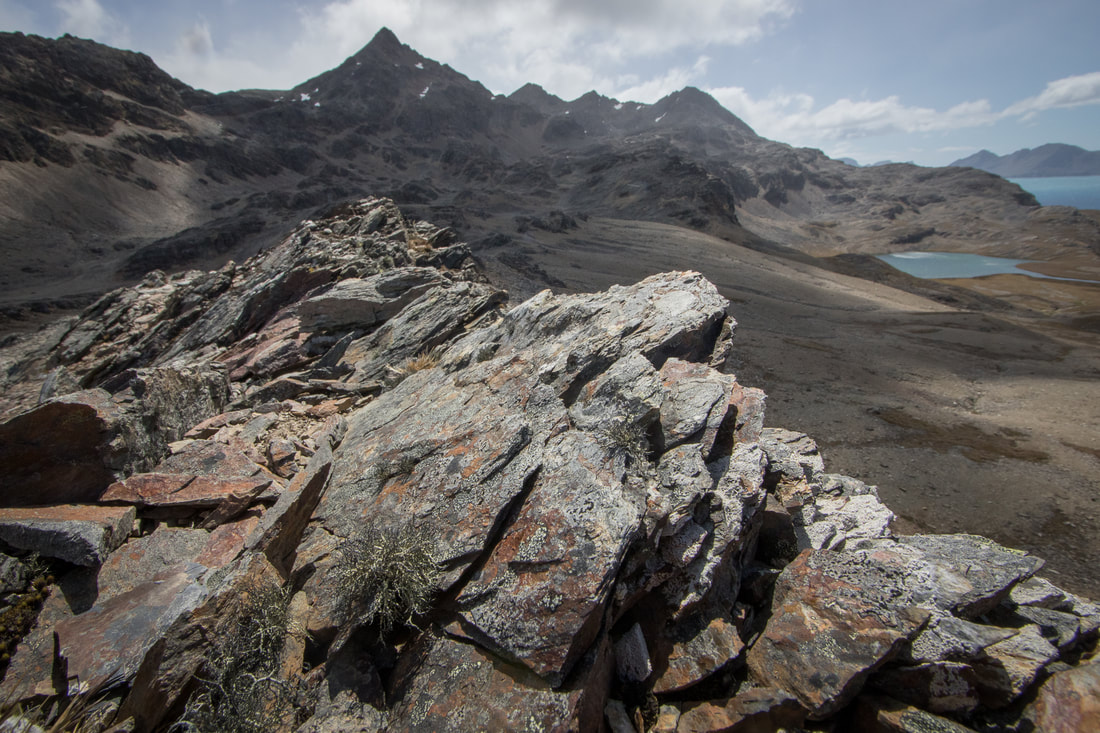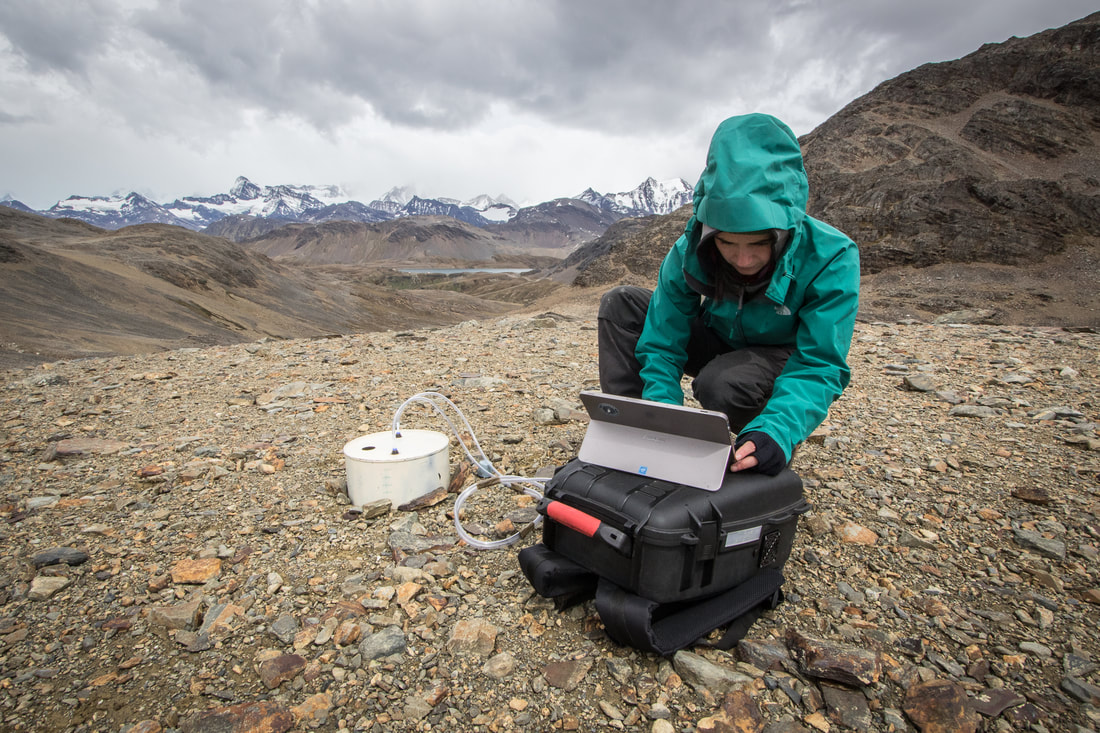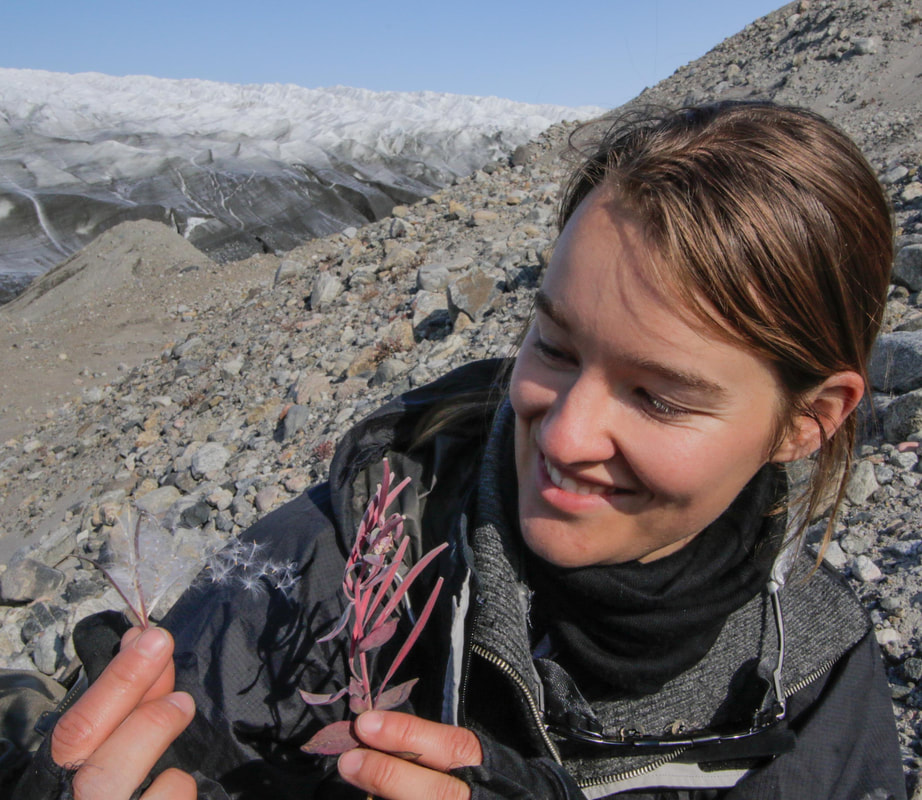|
Methane oxidation in soils from sub-Antarctic South Georgia Island Two multidisciplinary Master thesis projects are proposed and can be initiated as soon as possible. We seek students with a key interest in cold region biogeochemistry including greenhouse gas fluxes and in microbial ecology and molecular analyses of bacterial communities. The project is a collaboration project between British Antarctic Survey (BAS) and University of Copenhagen/Center for Permafrost (CENPERM). See the announcement here: https://cenperm.ku.dk/news/msc-projects-announcement/
Background Many computer models describing high latitude carbon (C) dynamics have focused on wetland areas, as they form the largest source of the greenhouse gas methane (CH4) and may therefore act as a positive climate feedback mechanism. However, the role of dry ecosystem types, such as upland mineral soils and polar deserts, in the global C budget is often overlooked despite that such habitats dominate the high latitude regions. Recent laboratory and field studies show that high latitude dry ice-free ecosystems act as a substantial CH4 sink due to the presence and activity of bacterial communities oxidizing atmospheric CH4 at high rates. Furthermore, it has been observed that CH4 oxidation rates may increase with increasing air temperature. Improved knowledge on the rates, drivers and spatial distribution of CH4 oxidation in high latitude areas is now critical for optimizing, parameterizing and validating mechanistic and climatic models, which help to predict global present and future climate scenarios. Project We are interested in testing the CH4 oxidation potential of upland mineral soil from sub-Antarctic South Georgia Island under controlled conditions in the laboratory (e.g.different climatic conditions and nutrient levels) and relate the measured C (CH4 and carbon dioxide (CO2)) fluxes to the soil type and microbial community at the site. The microbial community will be assessed using Next Generation Sequencing (NGS) of 16S rRNA gene amplicons (a marker used for identifying bacterial and archaeal diversity), fungal ITS2 amplicons, and possibly of the pmoA gene, which is a marker for CH4-oxidizing bacteria. Soil samples have been collected during the austral summer 2017/2018 on South Georgia Island. The site has been chosen based on field measurements, which showed very high CH4 oxidation rates comparable to those measured in upland Arctic and temperate soil ecosystems. The results will contribute to a larger project, which will include observations from Svalbard and Greenland, in order to better understand and upscale the spatial distribution of atmospheric CH4 oxidation at high latitude areas. It will also improve the knowledge of the distribution of the microbial communities involved in methane oxidation. We are looking for two motivated candidates, who are interested in carrying out soil incubations experiments and molecular laboratory techniques. Soil incubations will take place at CENPERM, while molecular work will take place at the Section of Microbiology, Department of Biology, both situated at University of Copenhagen. Please contact: If you are mainly interested in molecular laboratory techniques: Elise Biersma [email protected] or Anders Priemé [email protected] or if you are mainly interested in soil incubations: Ludovica D'Imperio [email protected] or Bo Elberling [email protected]
0 Comments
Leave a Reply. |
Hi! I am Elise Biersma, an evolutionary biologist studying polar plants and microbes.Archives
January 2021
Categories |



 RSS Feed
RSS Feed